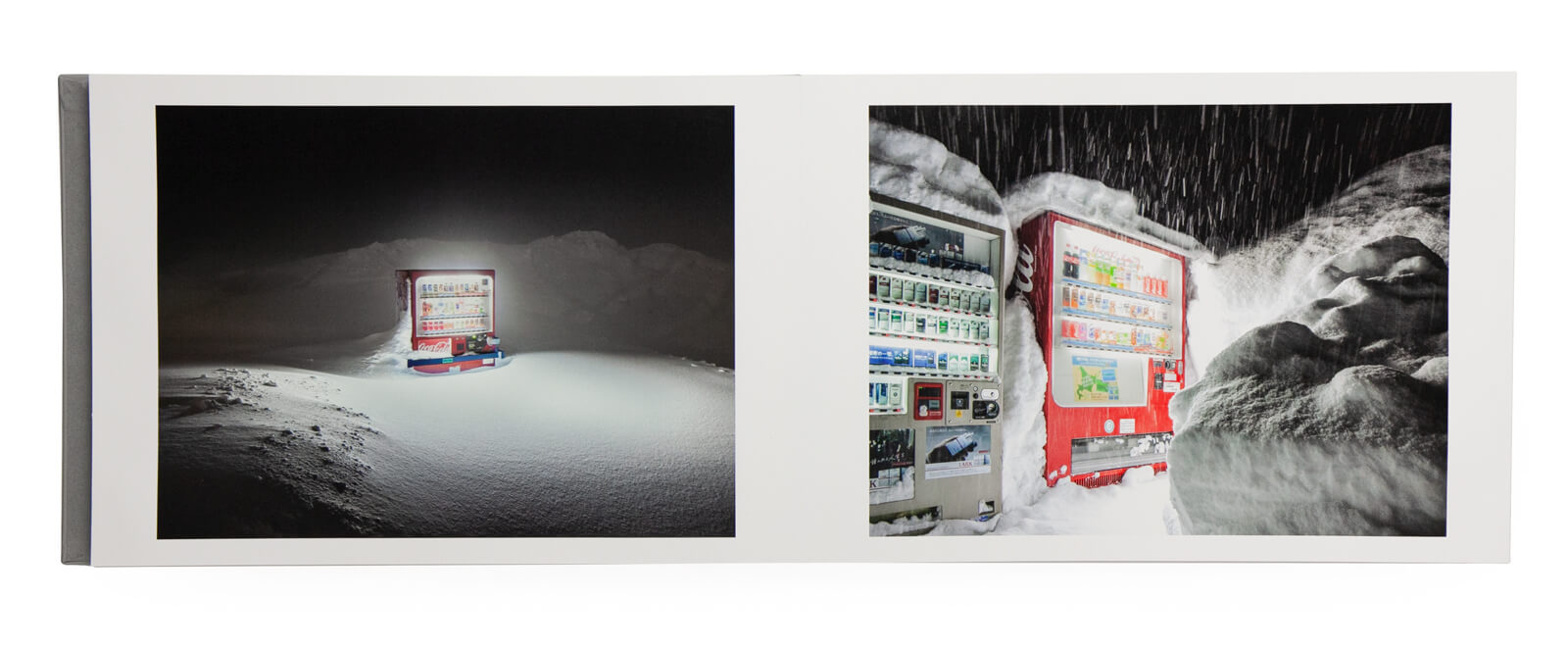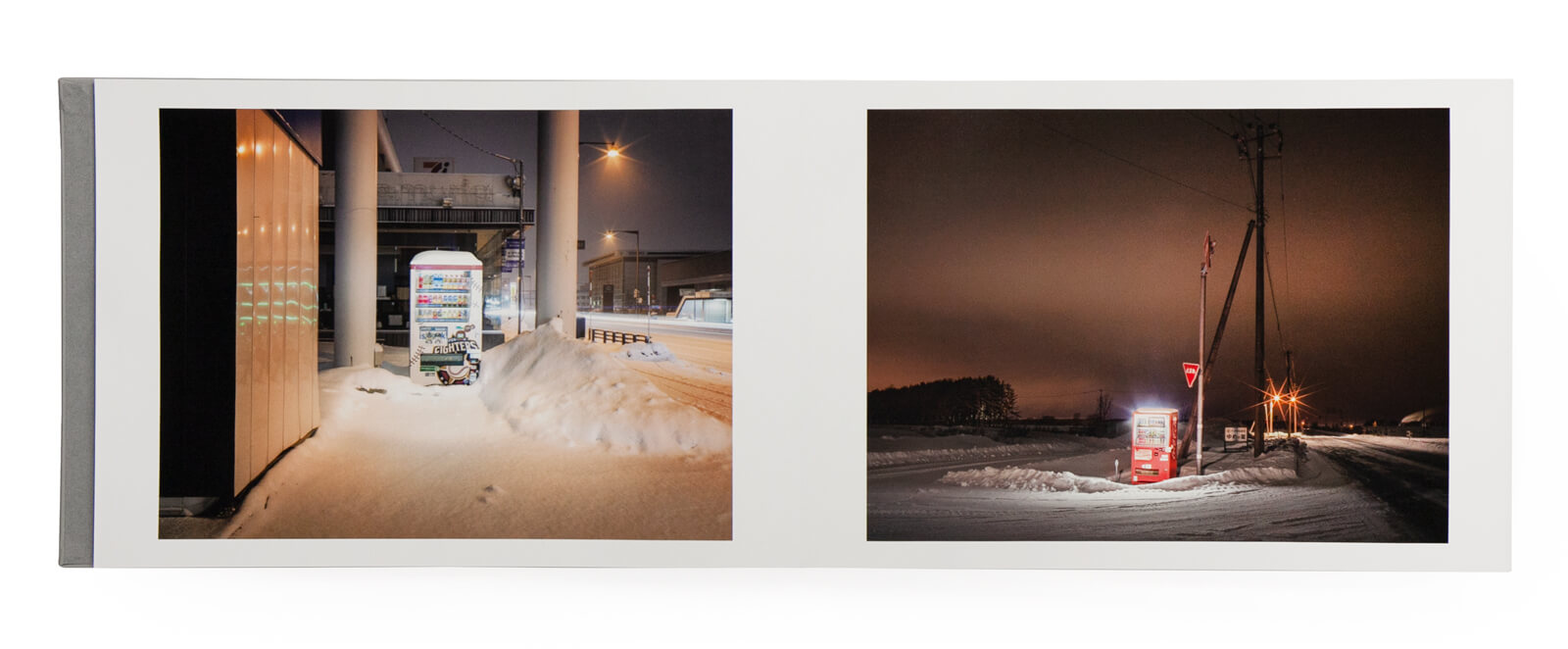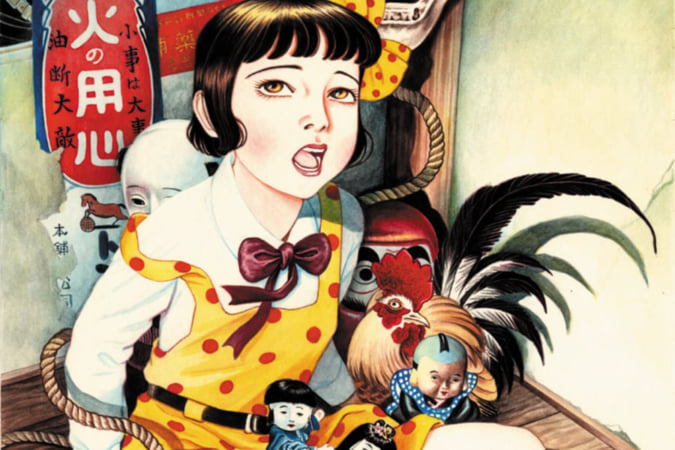Vending Machines, A Light in a Cold Japanese Night
Known as ‘jidohanbaiki,’ they are everywhere in Japan. Eiji Ohashi decided to photograph them in the middle of the winter season.

© Case Publishing
It is a little-known fact that Japan has the highest density of outdoor vending machines in the world. With over five million, there is one for every 23 residents. The unique role of these machines – on roadsides, dotted throughout the urban landscape, as well as in the countryside – led Eiji Ohashi to dedicate a large portion of his photographic work to them with his project Roadside Lights Seasons.
The artist, born in 1955 in Wakkanai on the island of Hokkaido, is now releasing a new version of his series, Roadside Lights Seasons: Winter, capturing the vending machines in the snowy midwinter.
White Light
According a quasi-human dimension to these machines, a number of which end up abandoned and isolated, Ohashi hopes that this work will illustrate the feelings of compassion and encouragement that arise at the sight of these shining automatic vending machines, alone in the depths of winter.
In other projects, the photographer has previously taken an interest in questions of Uygur identity, travelling to the autonomous region in Xinjiang in China.
Roadside Lights Seasons: Winter (2020), a book by Eiji Ohashi is published by Case Publishing.

© Case Publishing

© Case Publishing

© Case Publishing

© Case Publishing
TRENDING
-
The Tattoos that Marked the Criminals of the Edo Period
Traditional tattoos were strong signifiers; murderers had head tattoos, while theft might result in an arm tattoo.

-
‘Shojo Tsubaki’, A Freakshow
Underground manga artist Suehiro Maruo’s infamous masterpiece canonised a historical fascination towards the erotic-grotesque genre.

-
The Story of Sada Yacco, the Geisha who Bewitched Europe
Described by Dazed magazine as the first beauty influencer, she has been restored to her former glory since 2019.

-
Ito Jakuchu's Naturalist Paintings
From 15 September until 14 October 2018, the Petit Palais showcased the artist's iconic ‘Images of the Colourful Realm of Living Beings’.

-
Chiharu Shiota, Red Threads of the Soul
Last year, more than 660,000 people visited the retrospective 'Chiharu Shiota: The Soul Trembles' exhibit at the Mori Art Museum.





